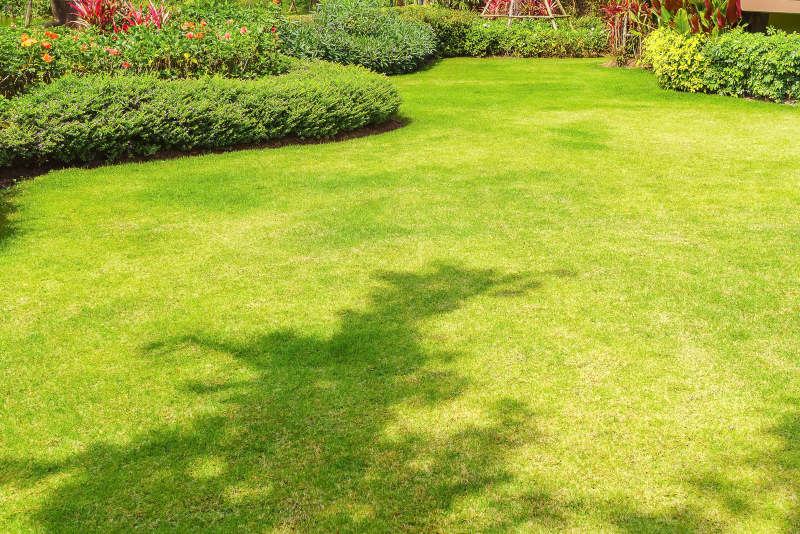Actions Steps to Follow When Your Albuquerque Lawn has Thatch and Brown Patches

Thatch is a densely packed layer of decomposing plant waste that may result in brown spots on a lawn. Presence of thatch indicates an unbalanced pH level. You can get a “spongy” sensation as you travel the grass. Lawns that get a lot of attention tend to have more thatch than lawns that receive less maintenance. Thatch is a concern, particularly in lawns where chemical treatments have impaired the grass’s natural capacity to decompose. Water is repelled by dry thatch whereas fungi are attracted to moist thatch.
Taking off thatch
The best prevention is to increase the pH of the grass soil. Renting a power rake, also known as a dethatching machine, which utilizes steel blades or stiff wire tines to slice through the thatch to the soil surface and shred and pull out the thatch, is one method to do this. For more information, contact your local garden supply store. De-thatching is best done in the late spring. Avoid doing it in the middle of the summer or while the grass is moist since the lawn may be stressed. Even though hand raking is gentler, it may be difficult and exhausting to rake big lawns.
Removal of Thatch Naturally
Spraying molasses on the grass after diluting it with hot water will encourage natural creatures to consume the thatch layer.
Alternatives to Dethatching
Using a power rake to dethatch may be quite damaging. As a result, it can be better to aerate lawns with substantial thatch levels. More than 3/4-inch-thick thatch may be reduced with the use of aerification. To prevent thatch growth, aerate your grass yearly and lower your water and fertilizer rates.
